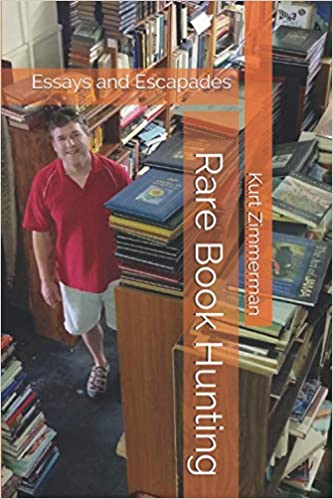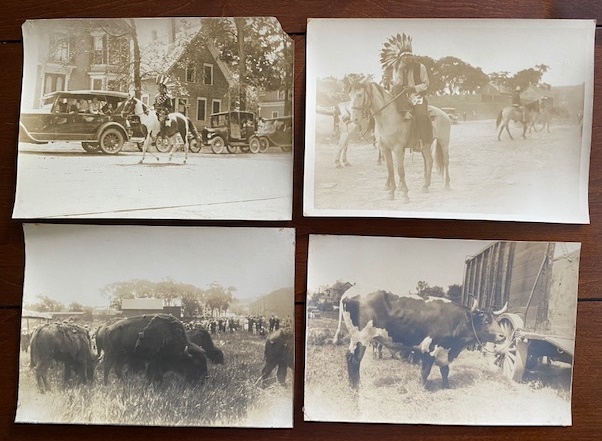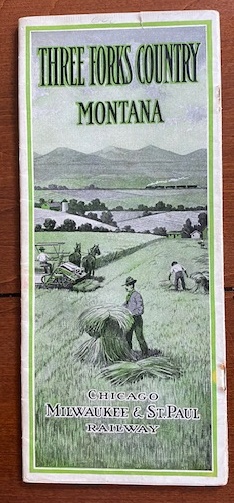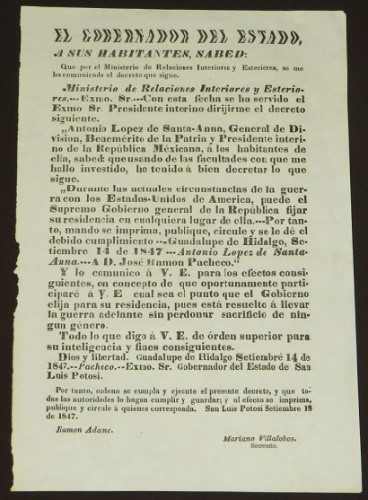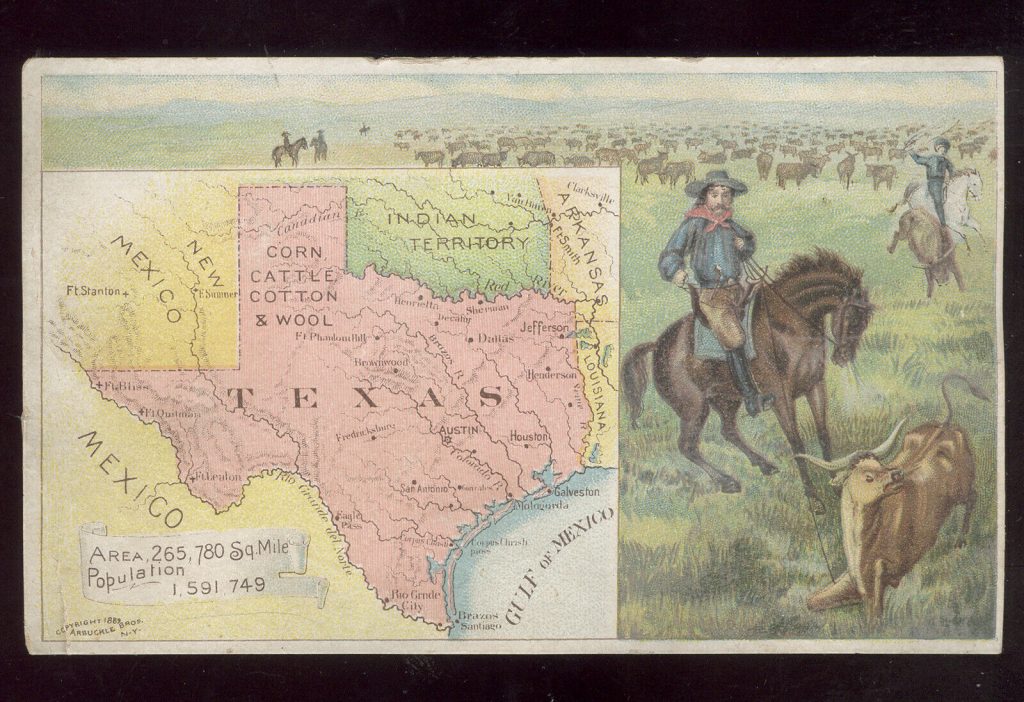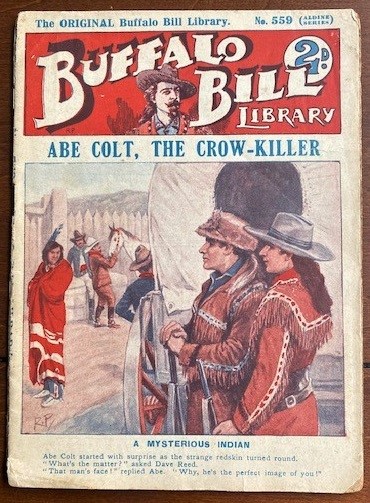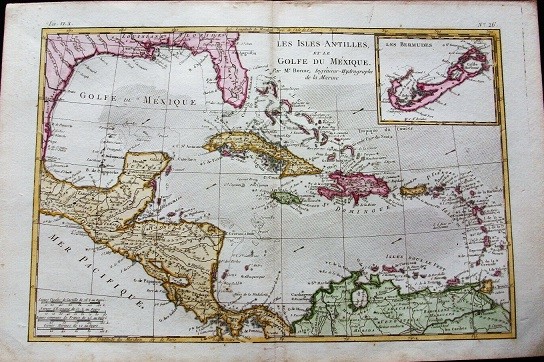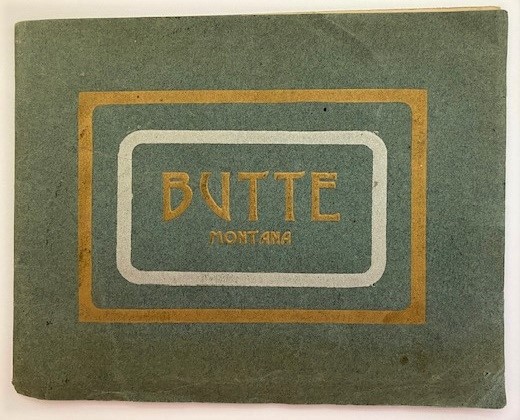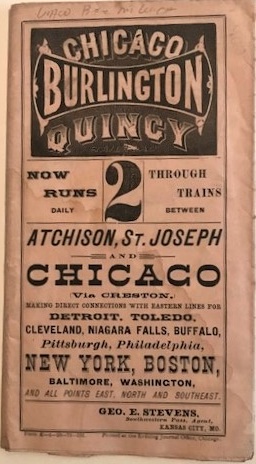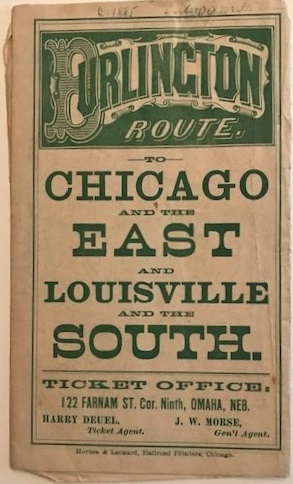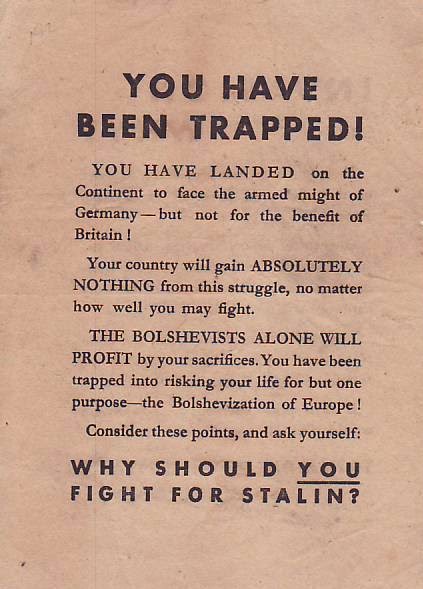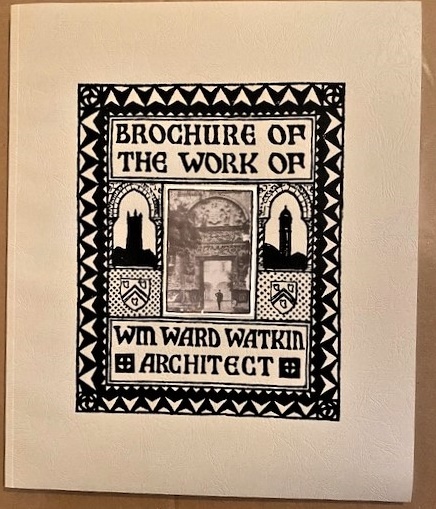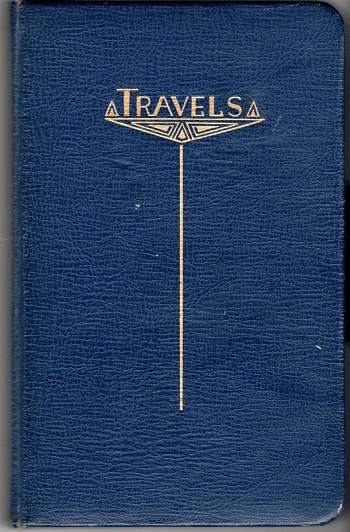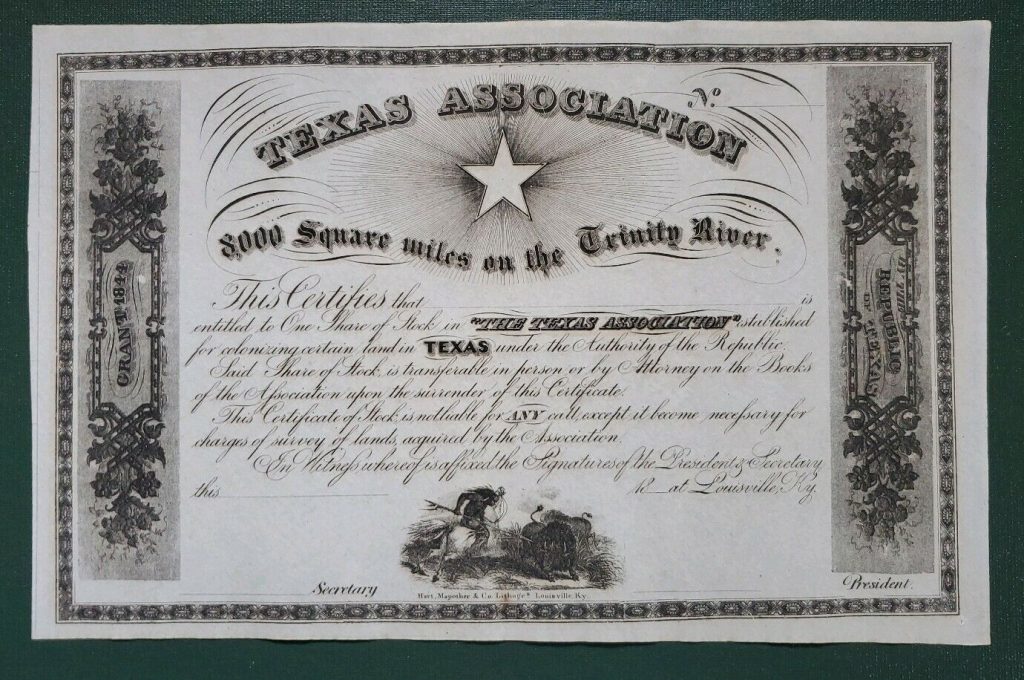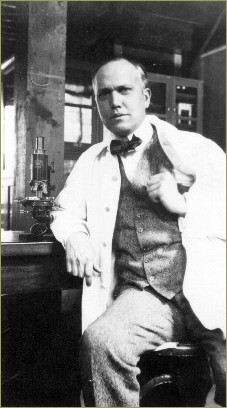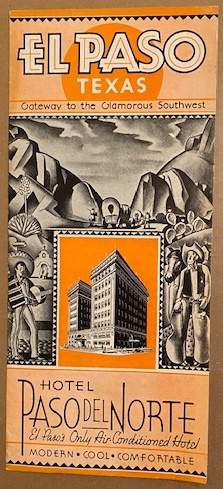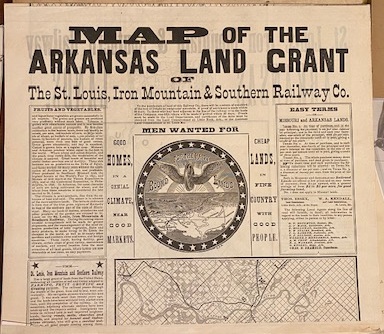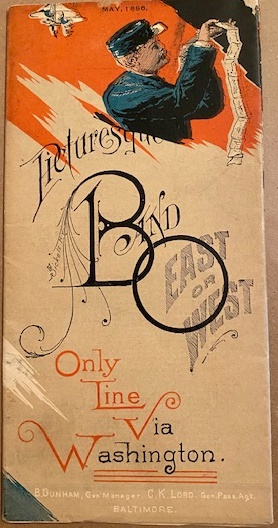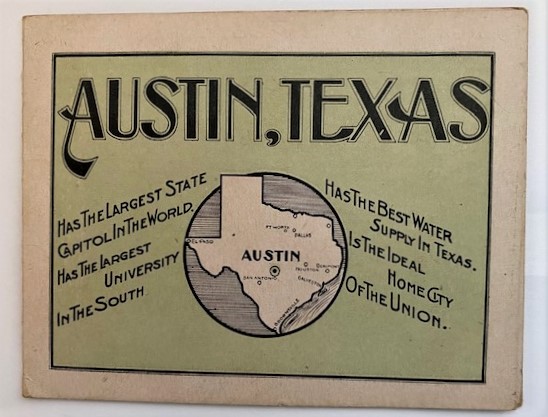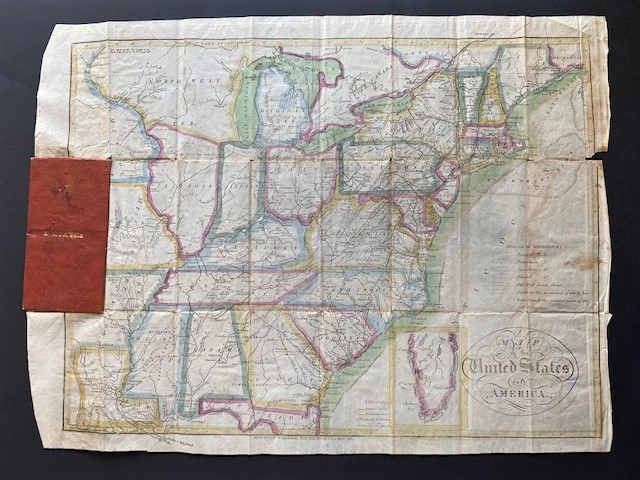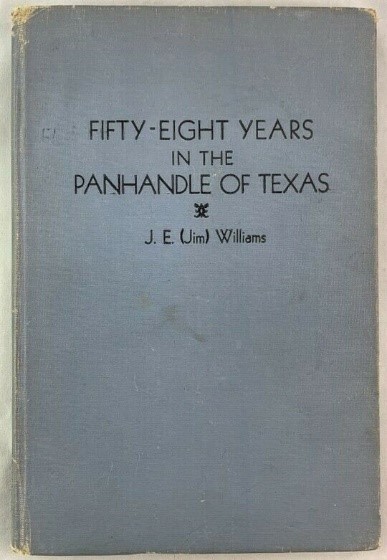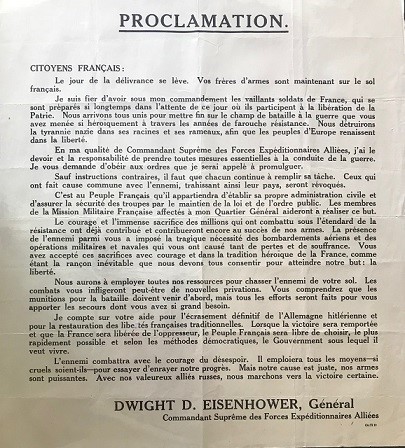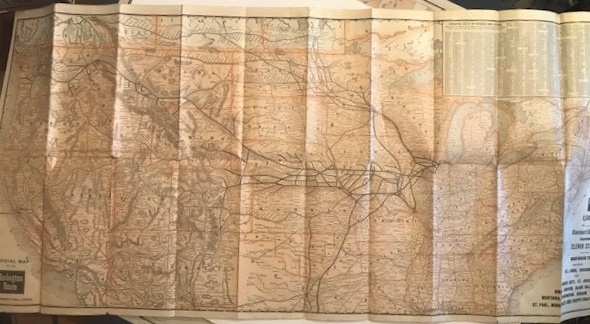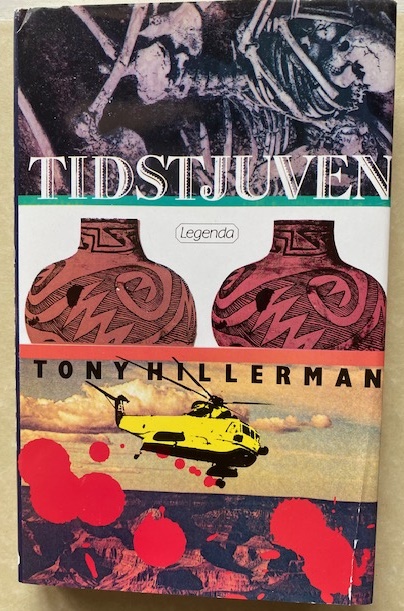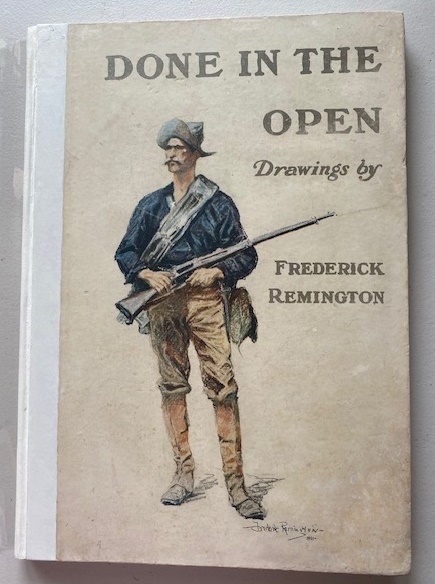
1790 DECREE REGARDING CATTLE BRANDS
1). [Cattle Brands] Viceroy Conde de Revillagigedo. [Juan Vicente Güémez Pacheco de Padilla Horcasitas y Aguayo.] Decree on Cattle Brands. Mexico: April 26, 1790. One sheet of laid paper, watermarked “FS” folded into four leaves. Sent to the Gobernador Intendente de Durango. Two inch tear to the top of the last, blank leaf, else very good. OCLC shows no holdings for this decree. By Royal decree of January 27, 1789, his Majesty approved in all its parts the decree of the Real Audiencia Gobernadora of January 13, 1787, which was in accord with the request by the “Fiscal de la Real Hacienda” (Procurator for the Royal Treasury) on October 20, 1786, regarding the licenses for irons to mark cattle for slaughter, transport, sales and inns and others, which were communicated to all the Justices in the Kingdom. The incidents that occurred after this decree moved my predecessor, consulting the correct compliance with the Royal Order and another dated on February 25th, to consultations with the Minister and with the General Counselor of the Viceroyalty, Pedro Jacinto Valenzuela. Their conclusions became the decree of June 23th. All these resolutions are included in my decree dated November 9th. Being this Decree of the utmost importance, I order you to comply with all that is contained in it. As for the request of the Procurator of January 13th, you need inform the Justices of your district that they need deliver to you all the records they have on this matter, and all the money they had collected which you will deposit in the Royal Treasury of your province. You will be in charge from now on of all the matters of this affair, and you will give to me reports on this matter. (Rough translation) This decree emphasizes the importance of cattle raising – and the revenue therefrom – in Mexico during this period.

1880’S TEXAS RANCH BRANDS
1). [Cattle Brands][Texas] Nunn Brothers. Business card and list of Marks and Brands. [Colorado City, Texas. [No publication information] [Circa 1877-85] Printed card. 7.5 x 12 cm. One corner trimmed. Light spotting. Good. OCLC shows no holdings for this Scurry County, Texas ranch. In 1877 one of the first large ranches in Scurry County was established by the Nunn brothers, who had previously raised cattle in Southern Texas. They partnered with Samuel C. Wilkes and they soon became the largest cattle raisers in that region. In 1885 John Nunn moved a thousand cattle to pastures in Terry County and then bought 65,000 acres of the newly available land in Hockley and Lubbock counties, which became the NUN Ranch with its headquarters near Rich Lake, southeast of present-day Meadow. This card appears to predate that 1885 purchase, as it refers only to a ranch in Scurry County.

LINCOLN ASSASSINATION TRIAL
1) [Lincoln] Trial of the Conspirators for the Assassination of President Lincoln & Argument of John A. Bingham, Special Judge Advocate…. Washington: Government Printing Office. 1865. Printed wraps. 122 pp. Spine taped. Image of Lincoln’s funeral car pasted to front inner wrap. Some ink notes, corner bends and chips to cover. Good. OCLC shows 28 holdings, one in Texas (Texas Tech). Monaghan, Lincoln Bibliography1839-1939 No. 403. Sabin 5451. McDade 625. Bingham was an American politician who is best remembered for his role in the trial of the Abraham Lincoln assassination. Judge Bingham’s powerful argument in the trial of seven men and one woman accused of conspiring to assassinate Lincoln, delivered June 1865, only two months after Abraham Lincoln’s death, arguing that the “intense hate and rage” of Confederate President Jefferson Davis made him as “clearly proven guilty of conspiracy as is John Wilkes Booth.” Here he answers the objections raised by the lawyers for the accused that the military tribunal set up to try the conspirators had no jurisdiction, was illegal and unconstitutional. He argues that Lincoln, as commander-in-chief, has been murdered within military lines, and that in such circumstances the president may not be able to carry out his oath to protect the constitution without a declaration of martial law, and martial law allows for the use of military commissions.

Lea, Tom. Calendar of the Twelve Travelers through the Pass of the North. El Paso: Carl Hertzog. 1947. Limited edition. Tan linen in yellow pictorial dust jacket. 20 cm. Illustrated by Tom Lea. Includes bibliographical references. [36] [1] [Colophon] [1] pp. Dust jacket shows discoloration. One of 50 copies on hand-made paper bound in hand-made semi-flexible binding. With a signed Christmas greeting card from Hertzog laid in. This edition not in Hinshaw. Lowman 48A. Sloan 295.

ADVOCATING THE RETURN OF THE JESUITS TO MEXICO
1). [Mexico][Jesuits] Francisco Mendizábal; Luis Abadiano y Valdés. Representación que al Soberano Congreso dirije el presbítero Francisco Mendizabal. México: Imprenta de Luis Abadiano y Valdes, 1841. Bound in new leather with gilt printing. Original wraps bound in. 17.5 cm. 26 pp. Initials and bookplate of J.R.H. Very good.
OCLC shows 10 holdings. (Univ. Ariz.; Fuller Theol. Sem.; Tulane; [2]; Univ. NM; SMU; UT-Austin; Biblio. Natl. de Chili; Biblio. Nat. de Espana; & Instit. Tech. de Estudios Sup.) The Jesuits established missions in North America early in the 17th Century. They disappeared during the suppression of the Society of Jesus around 1763. In this pamphlet Mendizába advocates to Congress for the return of the Jesuits. He talks about his unjust expulsion, and how they could once again occupy an important place in Mexican society. Of special interest is his mention of the important work they could do on the northern border, exploring and establishing missions, and evangelizing the “savage Indians,” as follows:
The Company of Jesus, which with its apostolic ministry will serve as an auxiliary in the interior of the Republic, may at the end of sometime be your expeditionary army in the most remote confines … crossing plains of an admirable extension, fertilizing the fields or lands of its majestic transit, it will finally occupy the Californias, the Apacherias, the Tarahumara: it will establish wisely regulated missions for the conversion of those Indians infidels; and working with zeal, with activity, and constancy in this chief object of his glorious institute, they will pacify them with loving softness, as he has done in other ages; It will teach them the true Religion, it will soften their customs, it will make them enter little by little into such a civilization, it will contain the invasions with which they plague us so much, and perhaps the time will come when the Comanche, the Nayarita, the Apache, all the innumerable tribes that they populate those regions with danger of ours, come to be an integral and safe part of the Mexican Republic. – p.17 (Rough translation) It is interesting that in 1843 when President Santa Anna issued a decree allowing the Jesuits to re-establish missions in the border provinces, including Texas and California, he explicitly cited the argument made here: “Since three hundred years of force and conquest had not been sufficient to introduce civilization to the wild Indians of the Mexican frontier areas,” the Jesuits were allowed to return with “the sole purpose of dedicating themselves to the civilization of the barbarian tribes through the preaching of the Gospel.” – Decree of June 22, 1843.


